School of Health Sciences clinical diagnostic imaging professor assists with global ground-breaking research
March 05, 2025

March 05, 2025

As a volunteer, Nicol contributes her sonography expertise as a member of the research organization ITEACH. The nonprofit coordinates teams of medical personnel volunteers to conduct global projects.
“We collaborate with hospitals in different regions and find out what diseases are most prevalent in that area. We have some additional resources that they might not have, and we also learn from one another through these relationships,” said Nicol.
Nicol said sharing her professional expertise is especially gratifying as an ITEACH team member.
“Ultrasound isn’t as widely used in other countries as it is here in the states, so just showing them the knowledge of what they can do with ultrasound is going to help better their medicine practices,” said Nicol.
In February, Nicol undertook her fourth ITEACH project experience as part of a team which traveled to Argentina and Chile to study Chagas disease. The disease is passed on to humans through parasite-infected triatomine bugs. The parasite is mainly found in rural areas of Mexico, Central America, and South America. In humans, symptoms of Chagas disease are mild and may go unnoticed. Left untreated, the disease contributes to life-threatening complications such as heart failure and liver failure.
Nicol’s work with the ITEACH team began in Córdoba, Argentina. Working with a local hospital, the team journeyed to underserved rural communities where Chagas is prevalent. Nicol brought hand-held ultrasound equipment that’s about the size of a computer tablet.
“We went to very rural communities, including one that was about five hours away from the local hospital. We were able to do blood work, EKGs, blood pressures and physical exams as well as ultrasound to screen these patients for Chagas disease or any type of pathology,” Nicol said.
Working with the local hospital, the team identified pathologies in some patients ranging from middle-school-aged children to 90-year-olds. They also connected those with significant pathology with local doctors for follow-up.
Working with local scientists, the team reviewed bloodwork and other information gathered in the field to begin the work of coming up with a potential cure for the disease. Next, they traveled to Chile for a symposium where the American team shared ideas with their Chilean counterparts.
“We shared our American knowledge on what we know about the disease and what we know about certain cells, and actually closely related it to how HIV works in the body,” Nicol said. “And they were able to present on their research in hopes that we could collaborate, and keep on collaborating, to come up with a cure.”
Nicol also presented information as part of a course on utilizing ultrasound for patient care.
“We did a point-of-care ultrasound course that was both didactics, which I spoke at, and hands-on teaching. The purpose was to teach local physicians and medical personnel how to use ultrasound so that they can go out and use ultrasound on their patients to help diagnose and treat them,” said Nicol.
At Quinnipiac, Nicol is planning to share her experience with her students. She hopes to inspire them to consider engaging with ITEACH or other volunteer work as students and professionals.
“I’m really passionate about volunteering. I really want to get their minds thinking about all the great research and work that they can do, in hopes that when they graduate, or even as a student, they can come up with their own ideas and start doing their own advancements and helping communities,” said Nicol.
The ITEACH team plans to analyze data and information gathered in Argentina and publish a paper within the next six months. An advancement Nicol helped bring to the Chagas project effort involves using AI and ultrasound to help detect early cardiomyopathy in patients.
“With Chagas disease, one of the things that happens is it affects their heart, and they can go into diastolic dysfunction. With this new American AI technology we use, we can actually detect it earlier than other methods,” said Nicol. “We took all of the images out in the field and brought that data back to the states with us. Our plan is to use that AI technology within the software we have here.”
Nicol said the work the team put in during their seven-day trip to South America and the continuing project work that will be undertaken in America is worth the effort.
“It’s very rewarding to be part of ground-breaking discovery, and also to help patients in rural areas who wouldn’t otherwise receive healthcare. We helped almost 1,000 patients out there,” Nicol said.
Quinnipiac Today is your source for what's happening throughout #BobcatNation. Sign up for our weekly email newsletter to be among the first to know about news, events and members of our Bobcat family who are making a positive difference in our world.
Sign Up Now